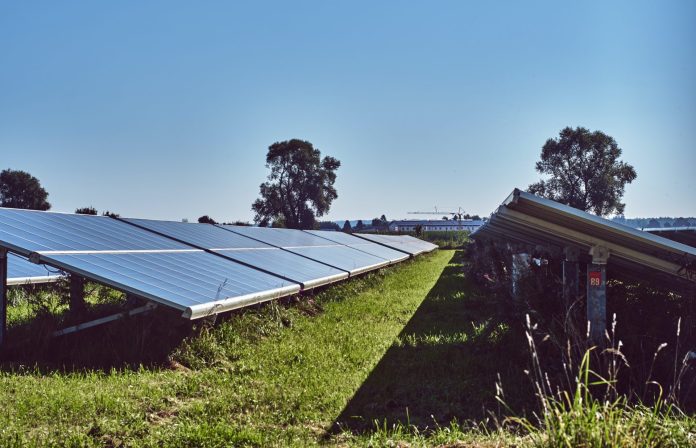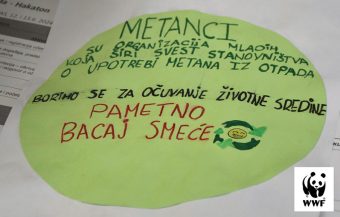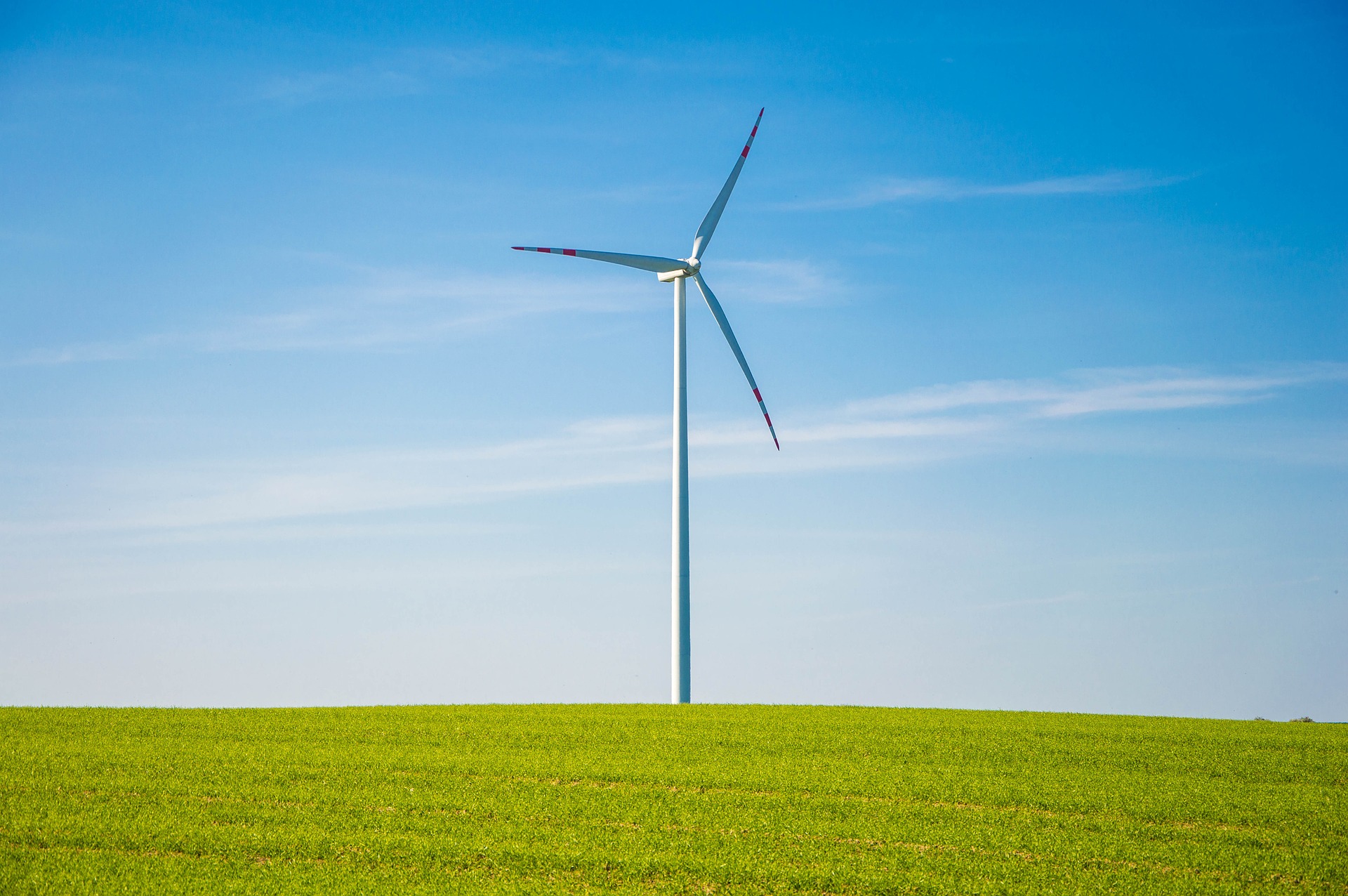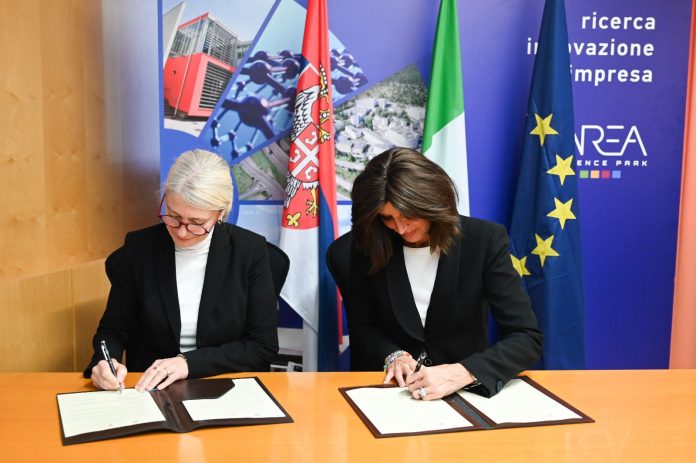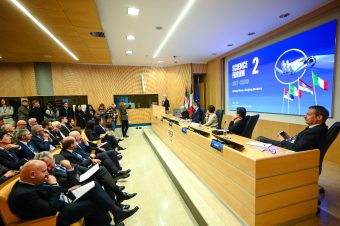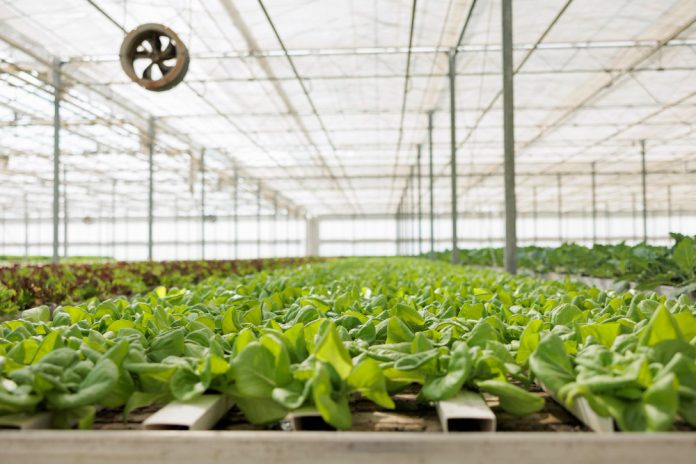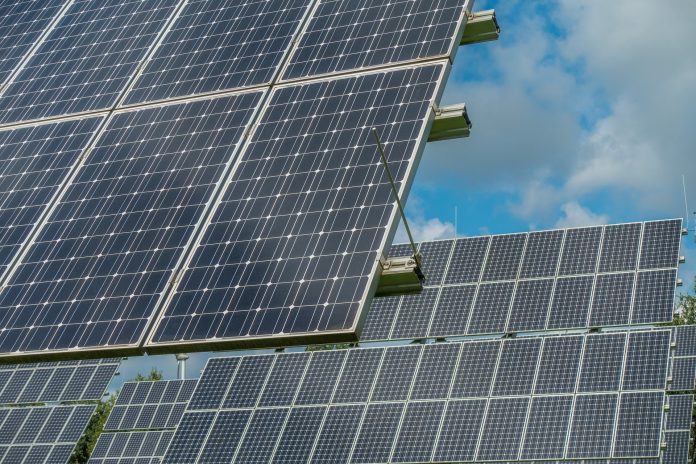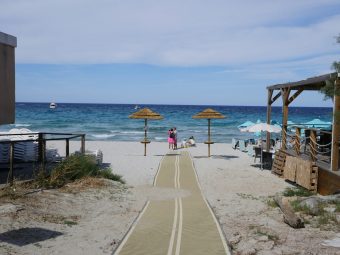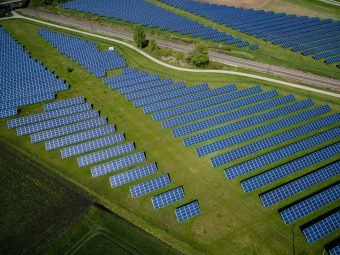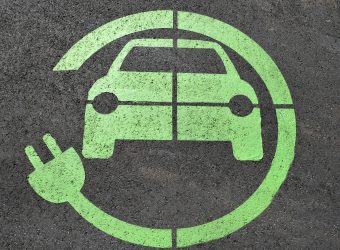The rapid expansion of solar energy in Pakistan, driven primarily by market forces and minimal political support, serves as a valuable example for other developing markets. The drop in solar panel prices, coupled with a sharp increase in electricity costs—rising by as much as 155 percent in just three years—has significantly accelerated the transition to renewable energy. Today, Pakistan holds the position of the sixth-largest solar market in the world, according to the World Economic Forum.
Data from the International Energy Agency (IEA) show that per capita electricity consumption in Pakistan increased by 87 percent between 2000 and 2022. On the other hand, more than 40 million people still lack access to electricity, with many more living in off-grid or under-supplied areas that receive less than four hours of power per day.
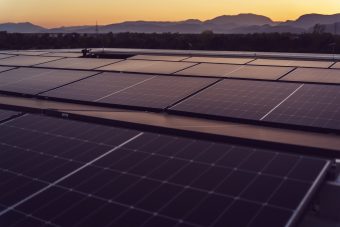
Inconsistent government energy policies, marked by inefficiencies in production, pricing, and regulations, have further deepened the energy crisis in the country. The most recent hike in electricity prices in July 2024, seen by many as a hidden tax, has driven grid-based energy consumption to its lowest level in four years. Over the past fiscal year, demand for grid electricity dropped by more than 10 percent, as inflated prices placed a growing burden on consumers. These conditions have spurred the rapid adoption of solar energy among industrial, commercial, and residential users who can afford to transition to self-generated power.
Interestingly, this major shift toward solar energy in Pakistan has been achieved almost entirely under external influences, with little active political backing. A key factor has been the overproduction of solar panels in China, which significantly lowered costs and made Pakistan the third-largest destination for Chinese exports. Solar energy has found widespread application across industrial, agricultural, and residential sectors, with imports of Chinese solar modules totaling 13 gigawatts (GW) in the first half of the year alone. Forecasts suggest that total imports will reach an impressive 22 GW by the end of the year, further accelerating the country’s energy transition.
More:
- Turkey Launches the Largest Platform for Industrial Decarbonization Investments
- A New Guide Reveals the Benefits of Agrisolar for Farmers
- New Solar Capacity in France Exceeds 3 GW in the First Nine Months
Risks of Uncontrolled Energy Transition
While solarization presents tremendous opportunities, it also highlights the risks of an uncontrolled energy transition. Pakistan’s case raises important questions about the sustainability of state energy grids and the economic impacts of a large-scale shift to renewable energy.
Modernizing Pakistan’s electricity grid has become a critical priority to improve reliability, expand access to rural areas, and reduce costs. This requires the adoption of advanced tools driven by artificial intelligence for monitoring and demand forecasting, investments in integrating battery storage systems, and other innovative technologies.
In addition to technological advancements, strong political will is essential for implementing comprehensive market reforms. Privatization and unbundling of distribution companies could encourage competitiveness, but the current political instability and high modernization costs make these measures challenging to implement.


